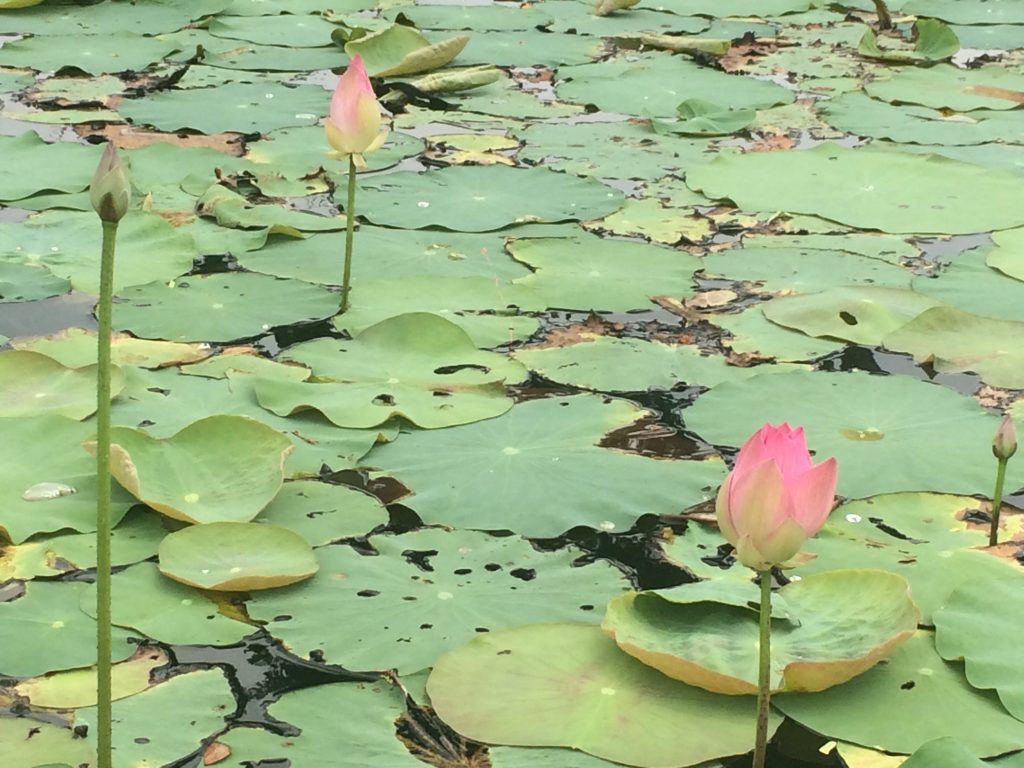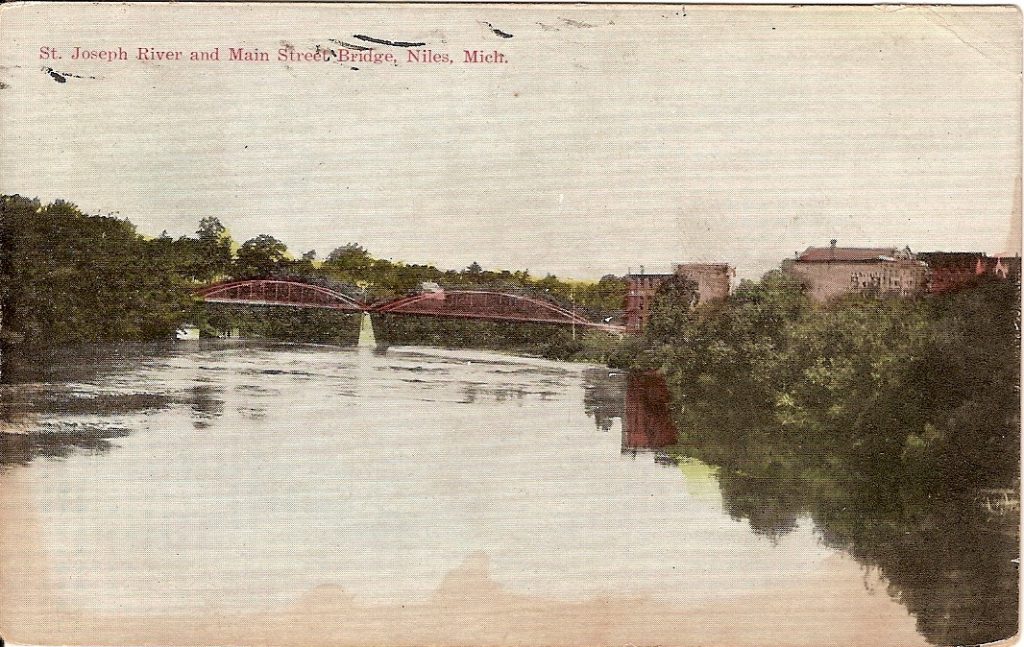 Three groups, comprising of the entire 4th grade art class at Saigon South International School, dipped the cloth in the Rach Thay Tieu off of the Starlight Bridge in District 7 inHo Chi Minh City (formally Saigon,) Vietnam.
Three groups, comprising of the entire 4th grade art class at Saigon South International School, dipped the cloth in the Rach Thay Tieu off of the Starlight Bridge in District 7 inHo Chi Minh City (formally Saigon,) Vietnam.
 The Rach Thay Tieu is an important waterway to the newly developed urban area, District 7, in Ho Chi Minh City.
The Rach Thay Tieu is an important waterway to the newly developed urban area, District 7, in Ho Chi Minh City. Three groups and three stations consisting of nature drawing, poetry and writing, and dipping the river fabric. At the end of the session water samples were taken for further investigation in the classroom.
Three groups and three stations consisting of nature drawing, poetry and writing, and dipping the river fabric. At the end of the session water samples were taken for further investigation in the classroom.
In 2010, the first pedestrian bridge in Vietnam was built over the Rach Thay Tieu. It is called the Starlight Bridge and it connects the Crescent area with the Dao canal. This bridge is a famous attraction for tourists known for the light show and water sprays off either side at night.

The Rach Thay Tieu not only functions as an important waterway for commerce, but also has transitioned to a beautiful attraction for citizens and students.
The large sheets of fabric are foldling after drying. Another creative art project will take shape from the cloth.

Painting by To Ngoc Van (Vietnamese, 1906-1954)
 Vintage postcard of Saigon
Vintage postcard of Saigon
THICH NHAT HANH, a Vietnamese Zen Buddhist monk, is a renowned Zen Master, poet, peace activist, author, and teacher and founder of the Engaged Buddhist movement. His books and lectures are devoted the peaceful and contentment, the practice of meditation and mindfulness. The element of water and the flow of rivers are used metaphorically in his art, calligraphy, and poetry.
 In the article, Resting in the River Thich Nhat Hanh explains how resting our physical body to restore itself, and our consciousness, is important to mindfulness.
In the article, Resting in the River Thich Nhat Hanh explains how resting our physical body to restore itself, and our consciousness, is important to mindfulness.
Go As A River is one in a series of calligraphies
Please Call Me By My True Names is a poem where Thich Nhat Hanh reconciles dualities, north and south. Ultimately we are are all one. I am you and you are me.
Don’t say that I will depart tomorrow–even today I am still arriving.
Look deeply: every second I am arriving to be a bud on a Spring branch, to be a tiny bird, with still-fragile wings, learning to sing in my new nest, to be a caterpillar in the heart of a flower, to be a jewel hiding itself in a stone.
I still arrive, in order to laugh and to cry, to fear and to hope. The rhythm of my heart is the birth and death of all that is alive.
I am a mayfly metamorphosing on the surface of the river. And I am the bird that swoops down to swallow the mayfly.
I am a frog swimming happily in the clear water of a pond. And I am the grass-snake that silently feeds itself on the frog.
I am the child in Uganda, all skin and bones, my legs as thin as bamboo sticks. And I am the arms merchant, selling deadly weapons to Uganda.
I am the twelve-year-old girl, refugee on a small boat, who throws herself into the ocean after being raped by a sea pirate. And I am the pirate, my heart not yet capable of seeing and loving.
I am a member of the politburo, with plenty of power in my hinds. And I am the man who has to pay his “debt of blood” to my people dying slowly in a forced-labor camp.
My joy is like Spring, so warm it makes flowers bloom all over the Earth. My pain is like a river of tears, so vast it fills the four oceans.
Please call me by my true names, so I can hear all my cries and laughter at once, so I can see that my joy and pain are one.
Please call me by my true names, so I can wake up and the door of my heart could be left open, the door of compassion.















































 The
The 






 French explorers, missionaries and fur traders traversed the St. Joseph River Valley during the late seventeenth and eighteenth centuries interacting with the native tribes people. The French paved the way for a French settlement at Fort St. Joseph (present-day Niles) and in 1680, Fort Miami was established at the mouth of the St. Joseph River.
French explorers, missionaries and fur traders traversed the St. Joseph River Valley during the late seventeenth and eighteenth centuries interacting with the native tribes people. The French paved the way for a French settlement at Fort St. Joseph (present-day Niles) and in 1680, Fort Miami was established at the mouth of the St. Joseph River.
















 The
The 















































 Ecuador was part of the Inca Empire until the Spanish conquest in 1533. In 1563 the city of Quito was the seat of Spanish colonial government and in 1717 joined Colombia and Venezuela to become part of the Viceroyalty of New Granada. These countries gained their independence from Spain gradually between 1819 and 1822 formed a federation known as Gran Colombia. Quito withdrew from Gran Colombia in 1830. Its named was changed to the “Republic of the Equator,” Ecuador.
Ecuador was part of the Inca Empire until the Spanish conquest in 1533. In 1563 the city of Quito was the seat of Spanish colonial government and in 1717 joined Colombia and Venezuela to become part of the Viceroyalty of New Granada. These countries gained their independence from Spain gradually between 1819 and 1822 formed a federation known as Gran Colombia. Quito withdrew from Gran Colombia in 1830. Its named was changed to the “Republic of the Equator,” Ecuador. Wikicommons Ecuador Rio Napo 1985
Wikicommons Ecuador Rio Napo 1985